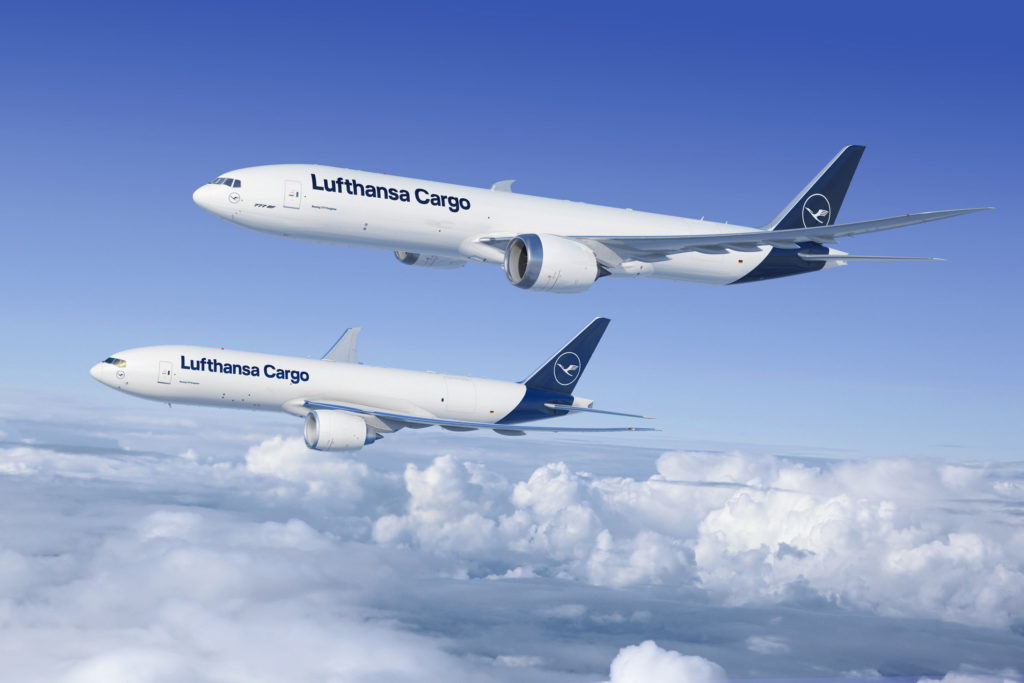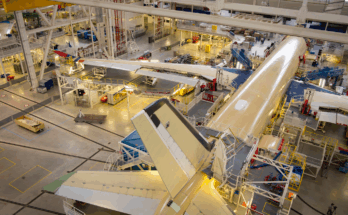
Passenger-to-freighter (P2F) conversions of existing aircraft stocks represent a cost-effective means of filling out overall carrying capacity in a time of growth. They also present an opportunity to transform excess assets into consistent revenue generators in the immediate term at a moment when new-build production will remain impacted by lingering supply chain disruptions. In the wake of the COVID-19 pandemic, demand for P2F freighter conversion witnessed explosive growth across a range of models, though the market environment has steadily grown more complicated over the past several years.
Even prior to the pandemic, the 777-300ER cargo conversion program developed by GECAS and Israel Aerospace Industries (IAI) was among the largest active R&M programs for the 777 family. IAI and GECAS projected that as many as 150 777-300ERs would be converted under this program by the onset of 2030, a 15-per-year rate backed by the company’s initial order of 15 conversions, with another 15 on option.
Although IAI, in conjunction with GECAS, was briefly the sole provider of P2F conversions for the 777, rising awareness of the profit potential of this market has precipitated the entry of new competitors. In 2021, Mammoth Freighters, Eastern Airlines and the Kansas Modification Center (KMC) each announced plans for 777 P2F conversion projects. Despite being a young company, Mammoth has rapidly attained a strong market presence in this domain owing to surging market demand, having already secured a backlog of at least 41 bookings for its 777 conversions through early 2023.
Still, although e-commerce will unquestionably remain an integral component of the global economy into the coming decades, the exceptional circumstances of the post-pandemic reopening period that contributed to the e-commerce boom of 2021 and 2022 are not likely to be replicated moving forward. During the final months of 2022, e-commerce and related freight demand began to decelerate in relative terms as the global economic landscape reverted to a state closer to its pre-pandemic equilibrium. In 2023, e-commerce traffic has ebbed and flowed in tune with the tides of consumer confidence, but intensifying market jitters in the Asia-Pacific region continue to constrain its immediate-term growth potential. While this modest deceleration is not necessarily evidence that demand for e-commerce is entering a long-term decline, it still has prompted some freight carriers to ease off the acquisition of new assets out of a surfeit of caution. Responding to these trends, Canadian carrier CargoJet recently slashed its planned 777 conversion orders by two aircraft and postponed the execution of related 767 conversion orders until 2024-2025, for example. Still, new initiatives by conversion stalwarts such as IAI and further infrastructural expansion from Mammoth are indicative of the healthy industry confidence that remains with regard to the overall demand environment.
The 777 P2F market faced the prospect of a major disruption in 2023 with an announcement by Boeing that the company was considering bringing its own P2F offering to market by year-end 2023, but the aviation giant has since indicated a preference for continuing to partner with existing providers. If the 767 serves as any indicator, numerous legacy 777 passenger-configured airframes will almost certainly find a second life in the cargo market on a substantial scale through the next decade and beyond, though in the intermediate term the environment for new market entrants will be increasingly circumscribed by the intense state of market competition, the preeminence of established providers, and the steady normalization of demand beyond 2025.




